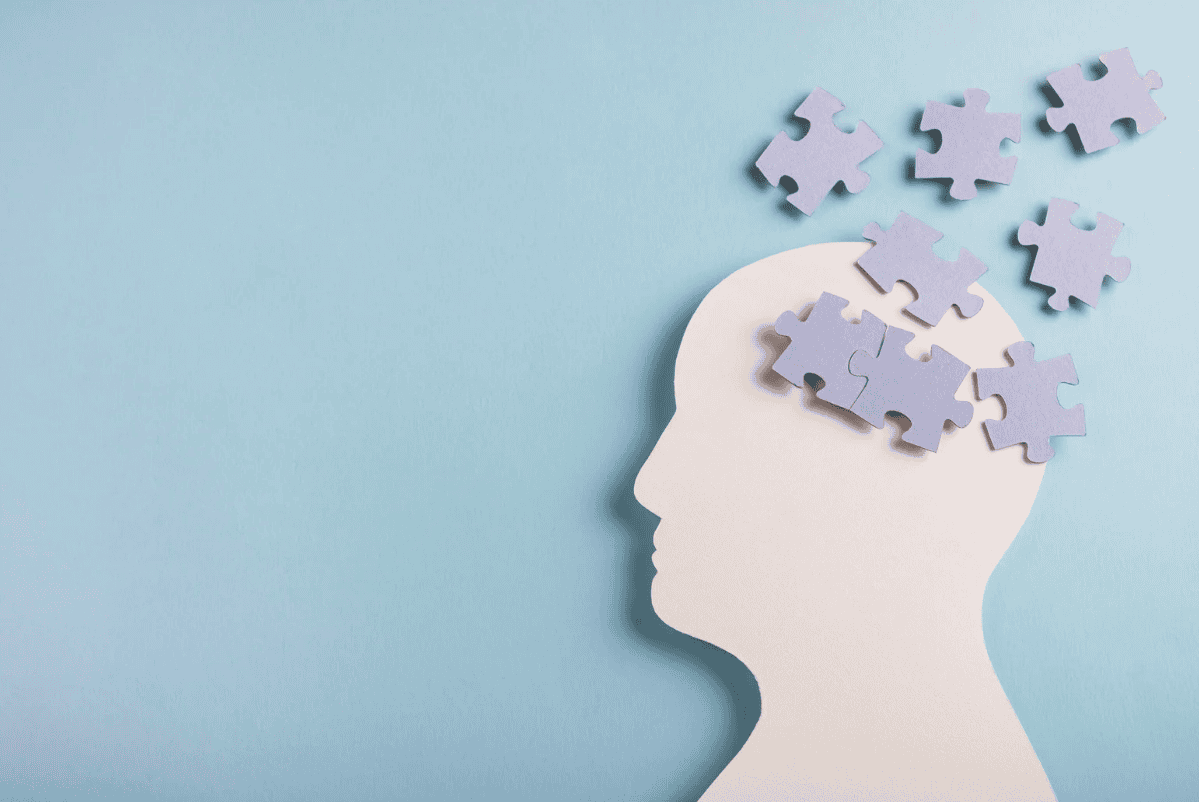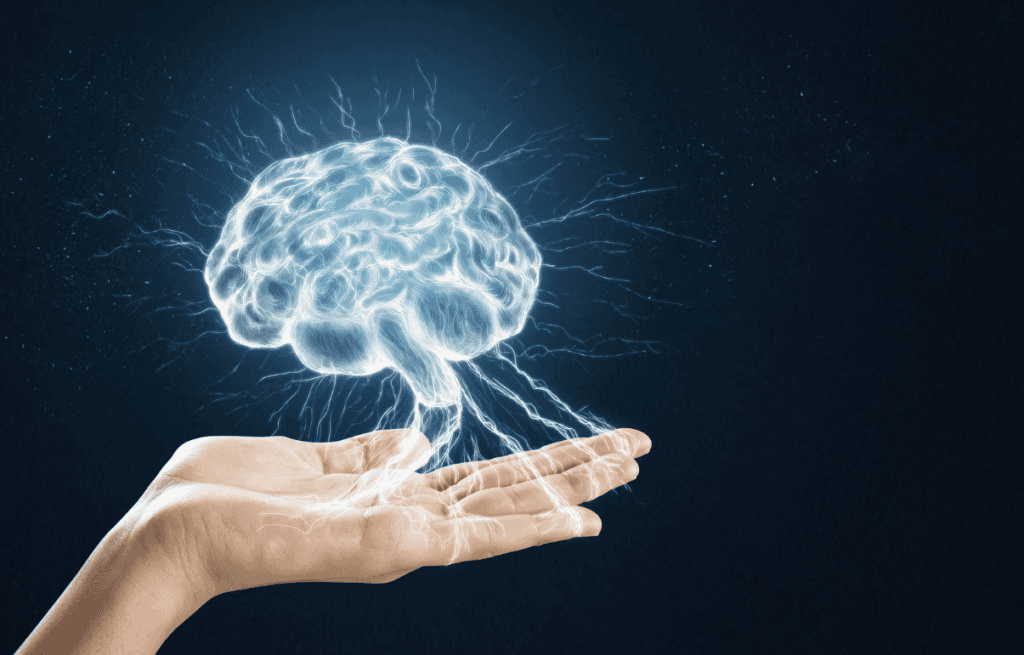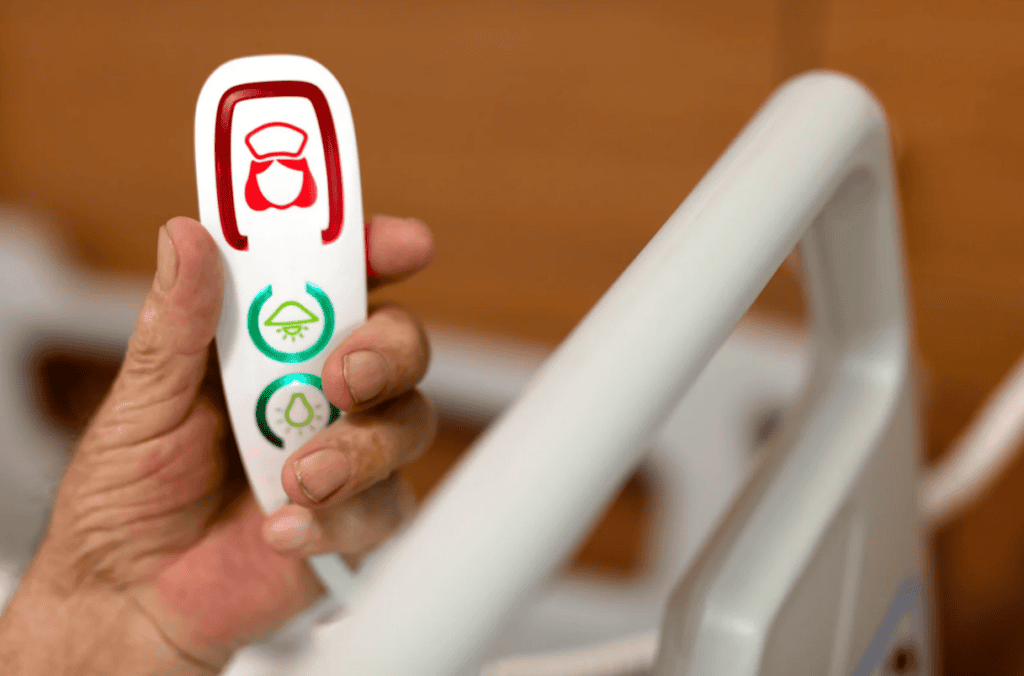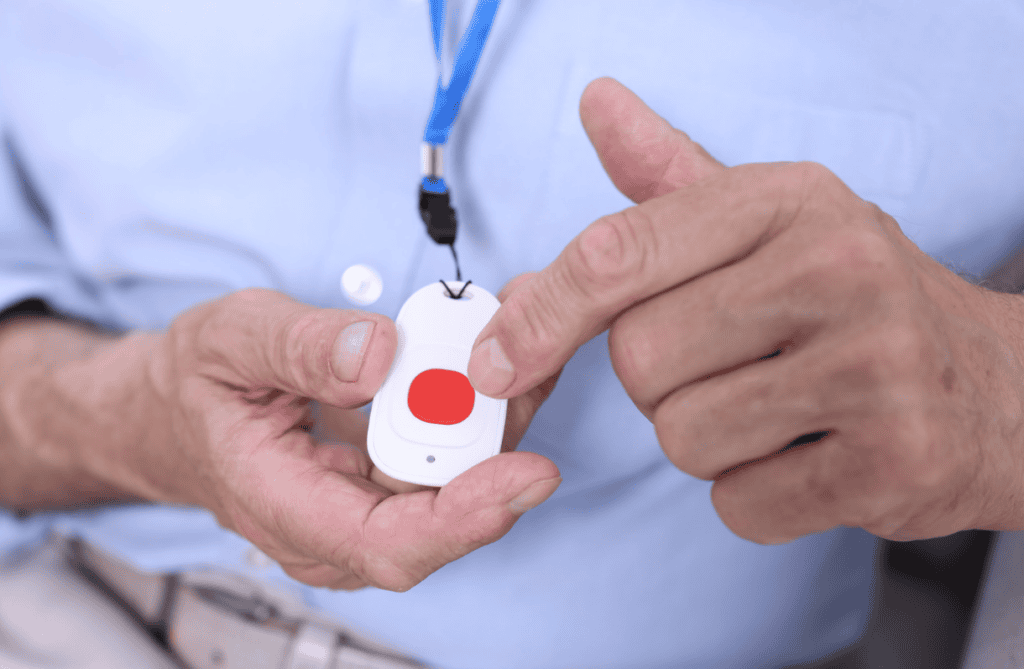Navigating the complexities of family law requires not only legal expertise but also a compassionate approach. Pearsons Lawyers stands out as one of the leading family law specialists in Australia, offering assistance through challenging family-related legal matters.
With a team of seasoned professionals, Pearsons Lawyers offers comprehensive services tailored to meet the unique needs of each client.
Leading Family Law Specialists in Australia
Established over 35 years ago, Pearsons Lawyers has built a reputation for excellence in family law. With their main office located in Melbourne’s Central Business District and 16 other conveniently situated offices across the region, the firm ensures accessibility for clients throughout Australia. Their team approach provides clients with access to experienced lawyers and paralegals, ensuring expert advice and support tailored to individual circumstances.
Areas of Expertise
Pearsons Lawyers offers a wide range of family law services, including:
Divorce and Separation
Understanding the emotional and legal complexities of divorce, the firm provides guidance on property settlements, spousal maintenance, and child custody arrangements.
Child Custody and Support
Prioritizing the well-being of children, Pearsons Lawyers assists in establishing fair custody agreements and appropriate child support arrangements.
Property and Financial Settlements
The firm offers expertise in negotiating equitable property divisions and financial settlements, ensuring clients’ rights are protected.
Prenuptial and Binding Financial Agreements
To safeguard assets and clarify financial arrangements, Pearsons Lawyers drafts comprehensive agreements tailored to clients’ needs.
Domestic Violence and Intervention Orders
Providing support and legal representation for victims of domestic violence, the firm assists in obtaining necessary intervention orders to ensure safety.

Client-Centered Approach
At Pearsons Lawyers, the focus is on delivering personalized outcomes that reflect the best interests of clients and their families. Their team of skilled negotiators is dedicated to guiding clients through the legal process with empathy and professionalism. Recognizing the emotional toll family disputes can take, the firm emphasizes clear communication and offers support every step of the way.
Accessibility and Convenience
With 17 offices strategically located, Pearsons Lawyers ensures that clients have easy access to legal services. For those unable to visit an office, the firm offers virtual consultations, ensuring that legal assistance is available regardless of location or circumstance.
Commitment to Excellence
The principals, Leanne Abela and Joe Schepis, each bring over 35 years of experience in family law. Their leadership and dedication to the field have cultivated a team of professionals committed to achieving the best possible outcomes for clients.

Conclusion
Navigating family law matters requires a blend of legal acumen and compassionate support. Pearsons Lawyers embodies these qualities, offering clients comprehensive services tailored to their unique needs. With a commitment to excellence and accessibility, Pearsons Lawyers stands as a trusted partner for individuals facing family law challenges in Australia.
Read more: https://pearsonslawyers.com.au/





























